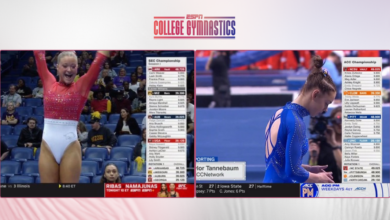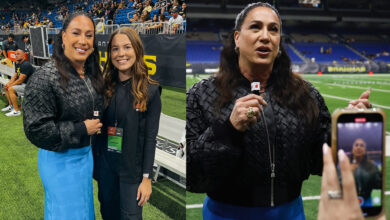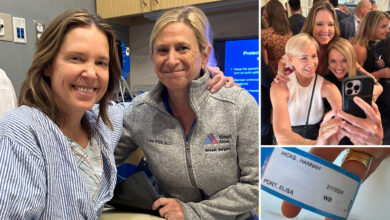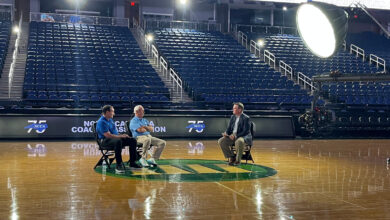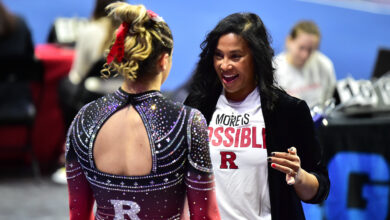ESPN’s continuing evolution of NASCAR in-car camera coverage
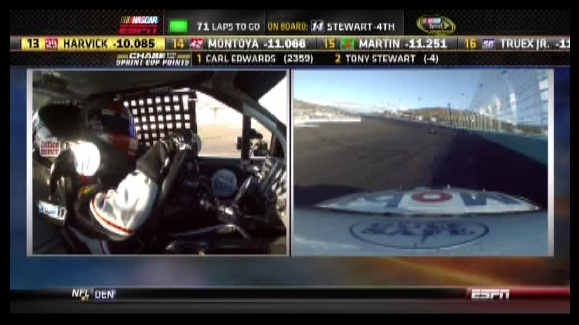
The development of in-car cameras is widely-regarded as one of the most significant advances in televised coverage of motorsports.
From what started as a single-camera “over-the-shoulder” shot in the late 1970s, today’s NASCAR fan can see high definition views from the front, rear and sides of the car, multiple angles of the driver inside the cockpit and even shots such as “foot cam” in road course races and “brake cam” on short tracks.
ESPN begins its coverage of the final 17 races of the NASCAR Sprint Cup Series season with the Brickyard 400 at Indianapolis Motor Speedway on Sunday at 1 p.m.
Last year, ESPN introduced dual-path technology into its NASCAR Sprint Cup telecasts, allowing two simultaneous onboard camera views from the same car when previously only one at a time was possible. The new technology allowed viewers to watch a crash replay and see both the driver inside the car and what he was seeing. This weekend, ESPN is expanding the usage into telecasts of NASCAR Nationwide Series races.
“What’s new today becomes the baseline for the future if it’s good,” said Rich Feinberg, ESPN vice president, motorsports, production. “I think the evolution is that in the future you’ll see dual path technology on all cars at all times in all races.”
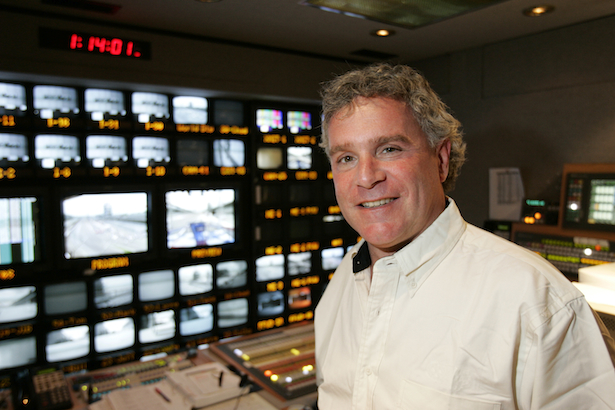
As a television producer, Feinberg knows he must be wary of too many TV gadgets becoming a distraction for viewers as they try to follow a race.
“I like to say in some degree that the race dictates how we cover it,” he said.
“It’s always an unknown, but at the outset you want to make sure you’re using all of your technology to enhance the viewing experience and not get in the way of it.”
And while the technology for in-car cameras has progressed, what they can do for the television viewer remains simple.
“They [cameras] put you on the racetrack, and in most cases, they put you in the race car,” said Feinberg. “Any time you can offer sports fans an experience that puts them in the game, in the playing field, then it’s that much better for them as a viewer.”
